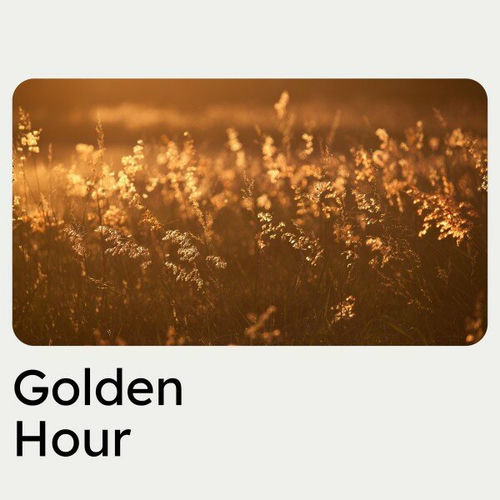

And then, with everyone poised and ready, as soon as the sun had set, we would shoot as quickly as possible - even frantically-fearful of even wasting a minute.”Īlemdros detailed strategies he used to achieve the best possible result. “To be as prepared as possible we would rehearse the scenes with the camera and the actors during the day. This meant the golden hour photography had to be meticulously planned. This was a bold choice by both Malick and Alemdros because the window of time to capture the warm light found just before sunrise and sunset limited their shoot time to around 20 minutes a day.

Their only “free” time being this “magic hour.” Historically and in story context, this was the period when these scenes would really have occurred, for the field workers would rise before the sun and work until it set. “Malick’s decision to shoot so much of the film in this light was not simply gratuitous aesthetics. The targeted use of golden hour’s orange and red natural light was not a stylistic choice independent of the story elements dictated by the script. Actually, the time between sunset and total darkness is only about twenty minutes, so the term “magic hour” is an optimistic euphemism.” The time between when the sun has set and the fall of night-when the light seems to come from nowhere from a magic place. “Malick wanted a major portion of the film photographed during one of these extreme situations, a period of time he called “the magic hour”. He described his use of this light and collaboration with the director in an article for ASC magazine. Néstor Almendros won the 1979 Academy Award for best achievement in Cinematography for the film. One of the most effective is found in Terrence Malik’s Days of Heaven, which was never a box office hit, but is often considered one of the most aesthetically beautiful in cinema. The best way to describe golden hour as it relates to cinematography is by example. This is referred to as “golden hour” or “magic hour” because it captures the stunning hues of red, orange and gold during the first and last light of the day. For photographers, the perfect light to capture stunning images is often the last hour of light before sunset and the first hour after sunrise.


 0 kommentar(er)
0 kommentar(er)
